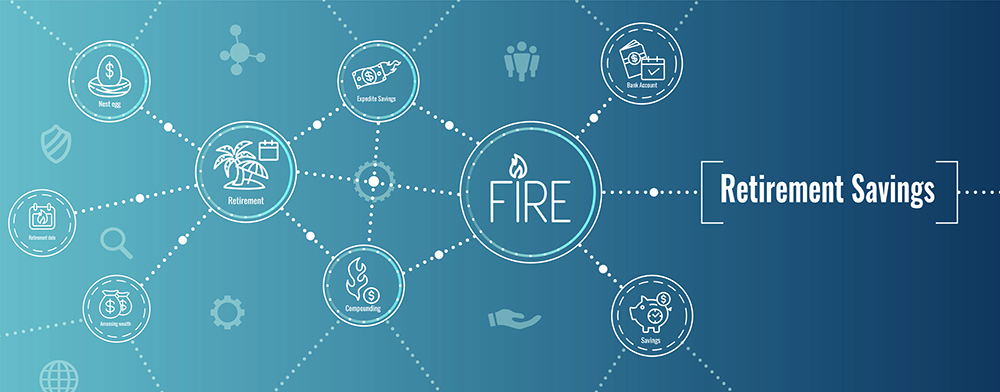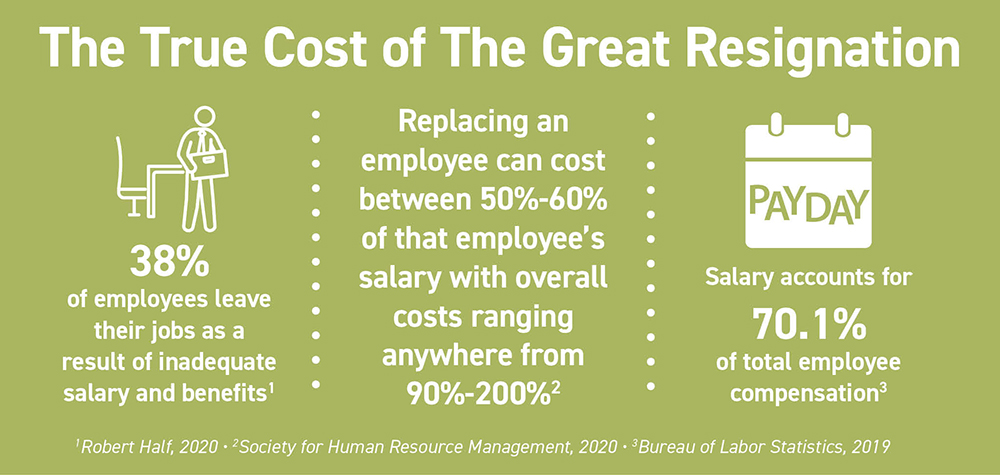
When markets take a tumble, it’s natural to feel uneasy. But keep these tips in mind to navigate an extended decline.
SLOW DOWN
When markets drop, it can be tempting to jump out until asset values stabilize or start climbing. But this can lead to costly mistakes that lock in permanent capital loss. To optimize your returns, time in the market is critical. Avoid making knee-jerk reactions.
REVISIT GOALS
If you’re counting on your assets to meet a short-term goal or plan to retire in the next few years, it might make sense to dial back the risk in your portfolio. Investors with longer time horizons can usually withstand some market volatility. But if you have immediate or short-term needs, a more conservative asset mix may be needed.
CALL FOR HELP
If you aren’t sure what to do, schedule a meeting with your financial professional to review your portfolio and various investment options that may help limit the impact a market downturn could have on your short and long-term goals.







